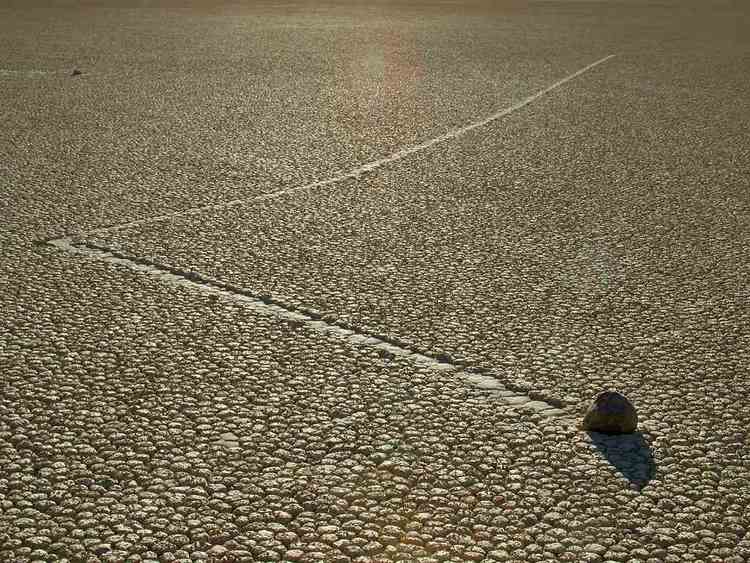Videos
Various videos that support science.
Roller Coasters
Phenomena
What forces are used to make a roller coaster work?
We will be building some marble roller coasters to find out!
Supplies:
- 2 pieces of insulator pipe (black foam) – possibly additional pieces in the future
- 1 marble
- 1 cup to catch the marble
- masking tape
Design and Engineering:
- Draw a model of a roller coaster design.
- Which would you like better? A thrilling roller coaster? or a more calm roller coaster?
- What is the difference between the two?
- What different elements to roller coasters often have? (The way the track is laid out.)
Exploration One:
- Try out the materials
- Use a cup at the end of your roller coaster to catch the marble
- How can you make the marble go slow?
- How can you make the marble go faster?
- What can you do to make the marble go over a hill?
Group Discussion
- What is making the marble move?
- What did you have to do to get the marble to go over the hill?
- What might have stopped it from going over the hill?
Now that you have explored the track, try adding a roller coaster THRILL!
A thrill is something that some people find exciting and sometimes a little scary.
What type of thrilling elements can you think of in a roller coaster?
Exploration Two:
Build a roller coaster with one hill and one loop.
Instructions:
- Your marble must not fall off until it gets to the end of the track.
- Your marble must land in the cup at the end of the run.
- You may only use the materials provided.
- You may tape your run to furniture.
- You may test your design as you go to see if it works.
- Pay attention to what works and what doesn’t work.
Group Discussion:
- What did you have to do to make the marble go over the hill and one loop?
- What was successful?
- What was NOT successful?
My roller coaster worked when I ________________________.
My roller coaster did not work when I ____________________.
Exploration Three:
Build a thrilling roller coaster of your design
Instructions:
Build a roller coaster of your own design.
- Your marble must not fall off until it gets to the end of the track.
- Your marble must land in the cup at the end of the run.
- You may only use the materials provided.
- You may tape your run to furniture.
- You may test your design as you go to see if it works.
- Pay attention to what works and what doesn’t work.
My marble had enough ____________ to _____________.
My marble did not have enough ______________ to __________.
My marble goes down the hill because ____________________.
My marble is able to/not able to go up the hill or through the loop because ________________.
Vocabulary
- Force ‐ A push or a pull that acts on an object
- Gravity ‐ The natural force that pulls objects toward each other. On Earth, all objects are pulled towards the center of Earth.
- Energy – The ability to do work. How things change or move
- Potential Energy – Stored energy of an object because of its position
- Momentum – The strength of a moving object
- Kinetic Energy – The energy of motion
- Speed – How far an object moves in a given time
- Collision – When two objects bump into each other
- Engineer – A person who uses math, science, and their creativity to design something to solve a problem
- Design – The plan for making something, the process of figuring out how to construct something
Common Mistakes in Building Roller Coasters
- Bad connections. Tape needs to be smoothly applied.
- Not enough energy. Marbles have a limited amount of energy, so plan your roller coaster by how much energy the marble has.
- Don’t try to make the roller coaster so thrilling it does not work.
- Too much momentum. Remember, momentum is the force that keep the marble going in the direction it’s currently moving. Sudden turns or drops that do not account for the marble’s momentum may result in the marble flying off of the track.
- Not enough testing. Always test before adding onto the roller coaster. If the marble is falling off of the track halfway through, then everything that is built after that point won’t matter until the problem is fixed. Experiment, observe, and make corrections!
Website Links to Check Out
Death Valley Rocks
Check these out? How does this happen?

Comparing Size of Different Space Objects
In this video, it shows our planets, planets outside of our solar system, some moons, and stars to compare size.
Another video comparing size of objects in space.
Birds Eating
We experimented with different “bird beaks” in the Science Lab. Here are some videos:
What about birds feeding their babies?

You must be logged in to post a comment.